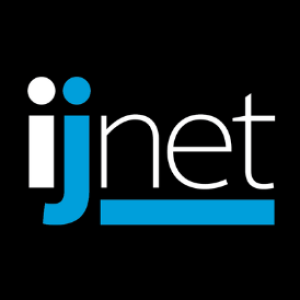Read Across the Aisle's filter-bubble-bursting ambitions, big changes at The Huffington Post and more in this week's Digital Media Mash Up, produced by the Center for International Media Assistance.
A news app aims to burst filter bubbles by nudging readers toward a more “balanced” media diet
In their effort to help fix the filter bubble problem, developers of news app Read Across the Aisle took inspiration from an unlikely source: exercise trackers.
Designed to help people diversify their news consumption habits, Read Across the Aisle tracks how often users read stories from roughly 20 news sources across the ideological spectrum, with The Huffington Post at the far left of the spectrum, Fox News at the far right, and others like The New Yorker, NPR and The Christian Science Monitor in between. A slider bar at the bottom of the screen moves from left to right based on how much time users spend reading news from certain sources, and how ideologically extreme the app deems those sources to be. (Nieman Lab, 3/9)
Three months in, The Huffington Post’s editor in chief is planning a reorganization
She's not going to call it the Polgreen Post.
But count on new Huffington Post Editor-in-Chief Lydia Polgreen to make big changes to the digital news company, which will celebrate its 17th birthday in May.
Coming is a "fairly significant reorganization" of HuffPost's editorial staff aimed at retooling "a pretty robust newsroom to chase what I think our mission should be," Polgreen told Recode Peter Kafka. (Poynter, 3/9)
Cybersecurity and internet freedom statistics by country. Which are most and least safe?
Not all countries are equal when it comes to cybersecurity and internet freedom. Many are poorly equipped to handle cyberattacks, while others are better equipped but more frequently targeted. Some countries boast free and open internet, while others impose strict censorship systems that block access to the web and punish citizens for what they post.
Because so much data is now stored online, we’re constantly exposed to a number of dangers including ransomware, identity theft, malware and cyberattacks. These happen every second all over the world, costing the economy millions of dollars. But what countries are being attacked the most and who’s best prepared for a cyberattack? (Comparitech, 2/13)
Cost cuts loom large for newspaper companies in 2017
"You can't cut your way to prosperity," holds a favorite truism about the news business. But when Tronc inc. recently reported improved financial results for the fourth quarter of 2016, cost controls were the big driver.
The company went from operating at break-even in the fourth quarter of 2015 to posting a US$19.4 million profit in the last three months of 2016. Expenses were down 14.2 percent for the quarter, about double the decline in revenues. (Poynter, 3/8)
CIMA offers the Mash Up free via email. Sign up here.
Main image CC-licensed by Flickr via Nicolas Nova.


